Birth of W.E.B. Du Bois
William Edward Burghardt Du Bois was born on February 23, 1868, in Great Barrington, Massachusetts. A founding member of the NAACP, he was a leading civil rights activist.
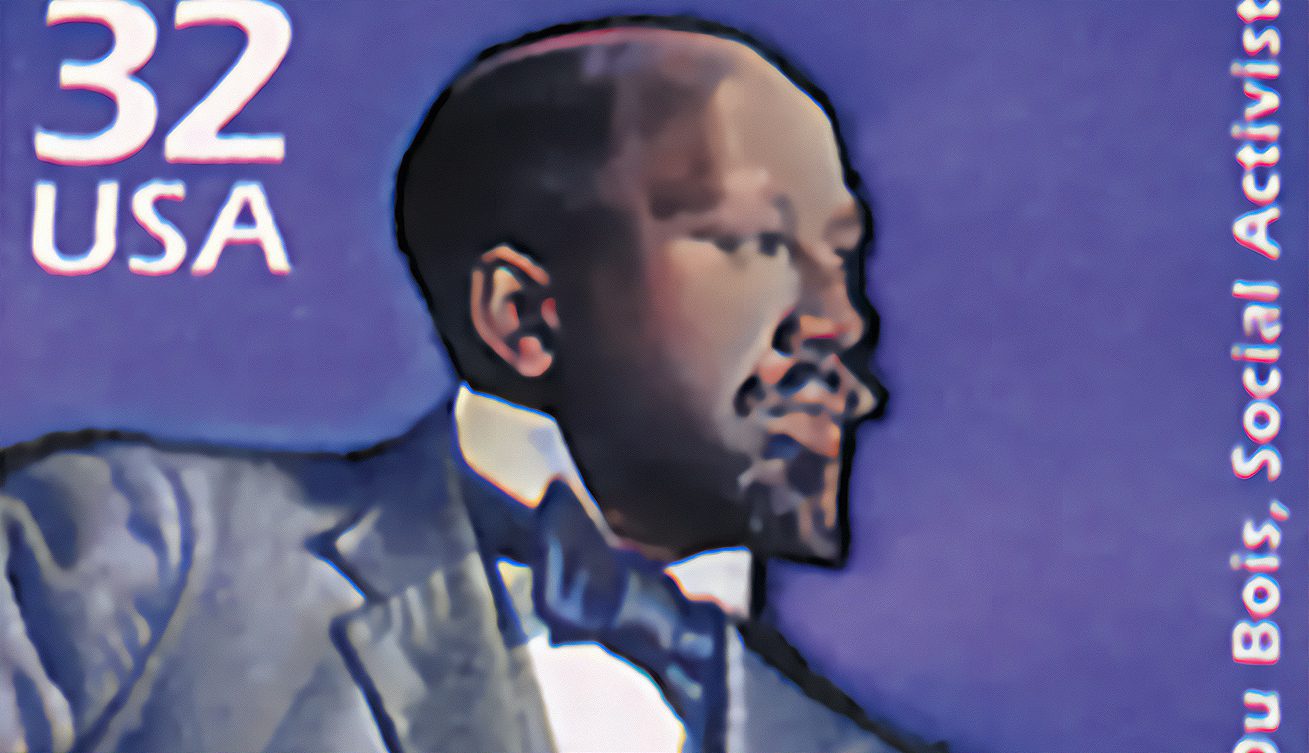
William Edward Burghardt Du Bois was born on February 23, 1868, in Great Barrington, Massachusetts. A founding member of the NAACP, he was a leading civil rights activist.
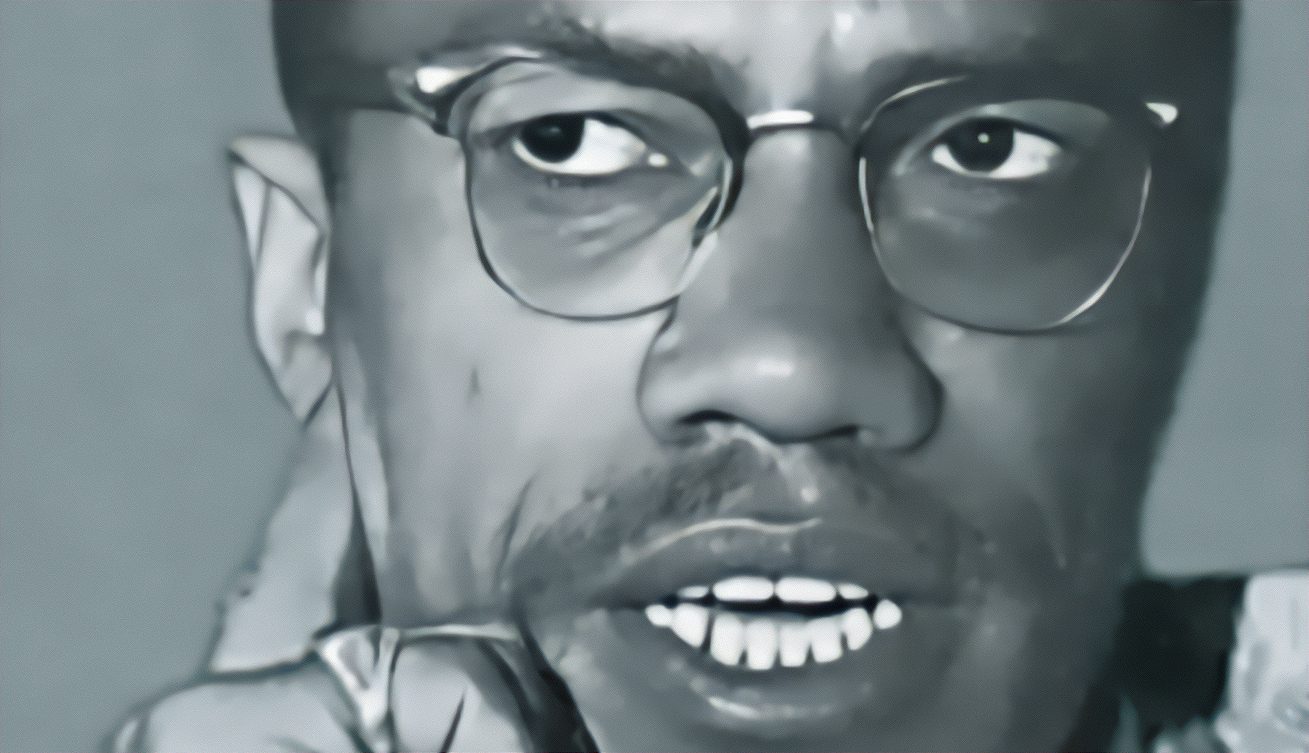
On February 21, 1965, activist Malcolm X was assassinated in New York City.
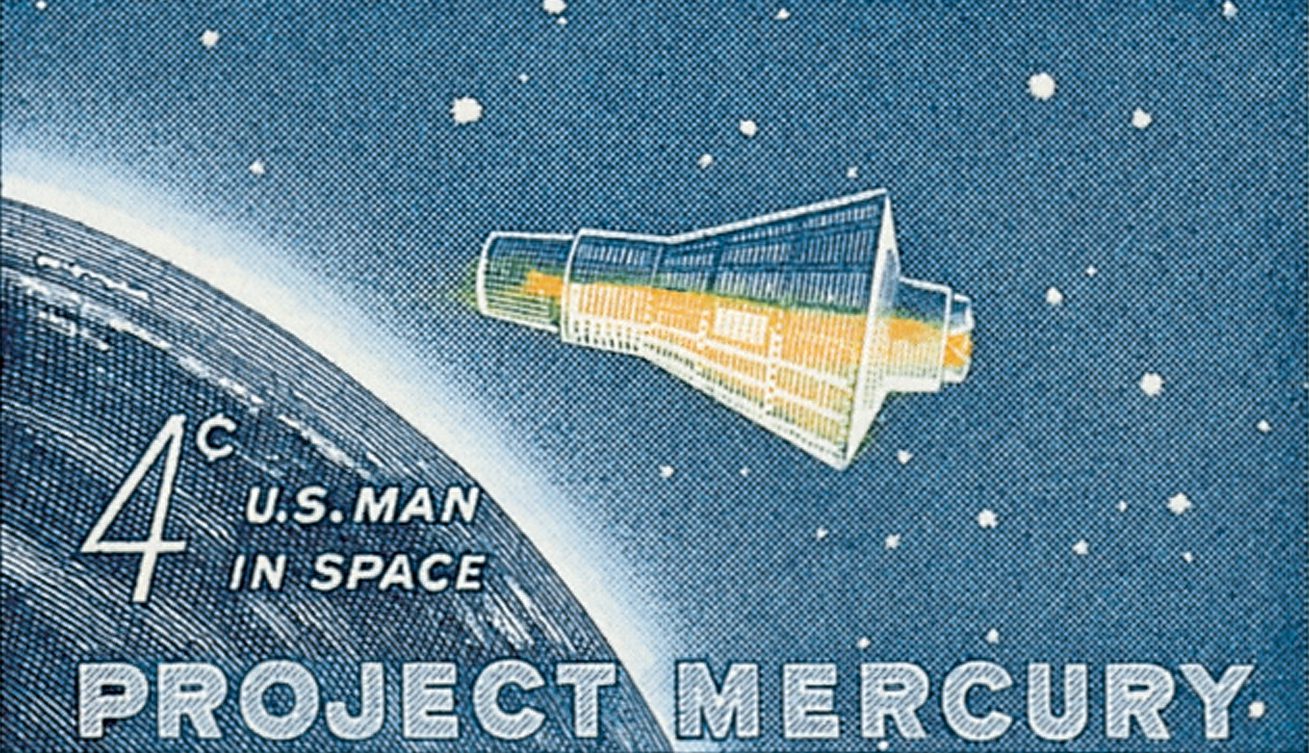
On February 20, 1962, John Glenn became the first American to orbit the Earth aboard his Friendship 7 capsule.
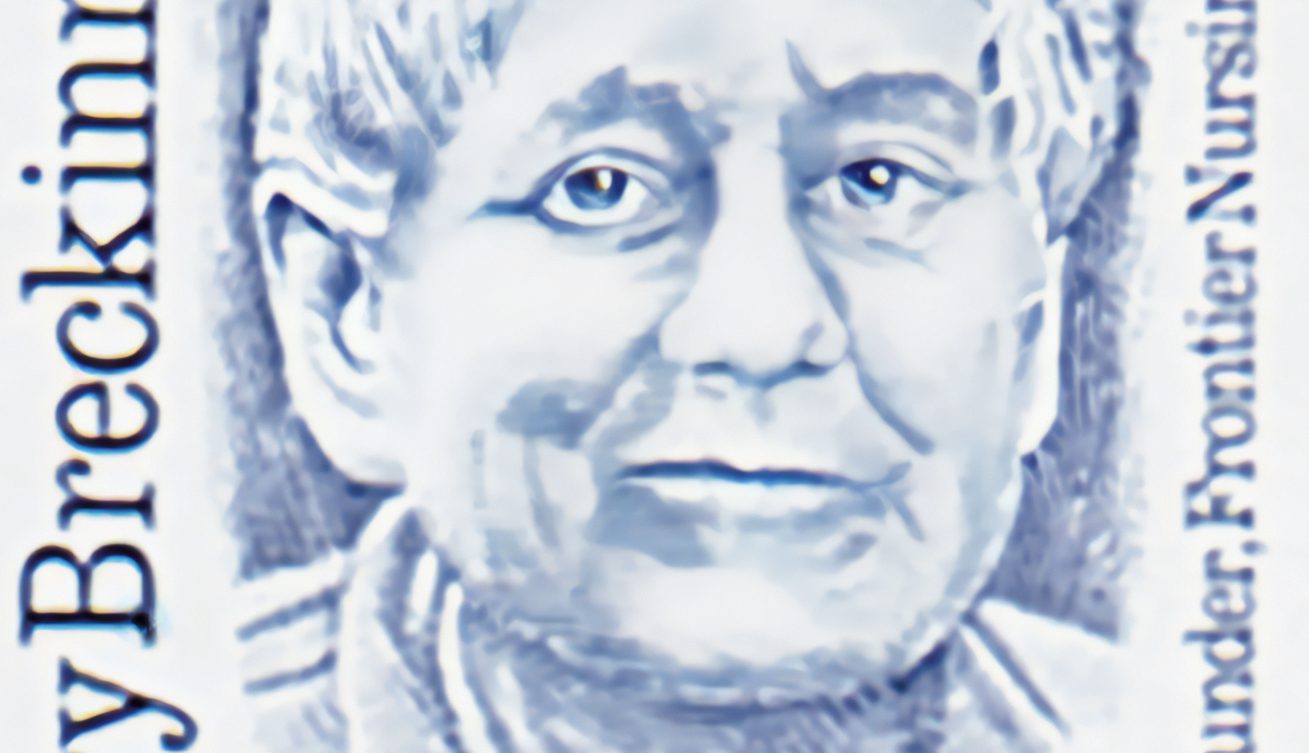
Nurse midwife Mary Carson Breckinridge was born on February 17, 1881, in Memphis, Tennessee. She founded the Frontier Nursing Service, which helped vastly improve healthcare in rural areas.

On February 16, 1945, the first of 7,000 American troops arrived at Corregidor, ready to retake the important Pacific outpost. A total of 174,000 soldiers would join in the battle, securing the island in 10 days.

On February 15, 1898, the USS Maine mysteriously exploded in Havana Harbor, leading the US to declare war on Spain two months later. Special Revenue stamps depicting the Maine were produced to fund the Spanish-American War and the event had a significant impact on US postage stamps.

On February 14, 1912, Arizona was admitted as the 48th state. It would be another 48 years before another state was added to the Union.

Abraham Lincoln was born in a log cabin near Hodgenville, Kentucky, on February 12, 1809. Despite the lack of a formal education, he became a successful lawyer, politician, and celebrated speaker before taking the nation’s highest office and leading the Union through the Civil War.
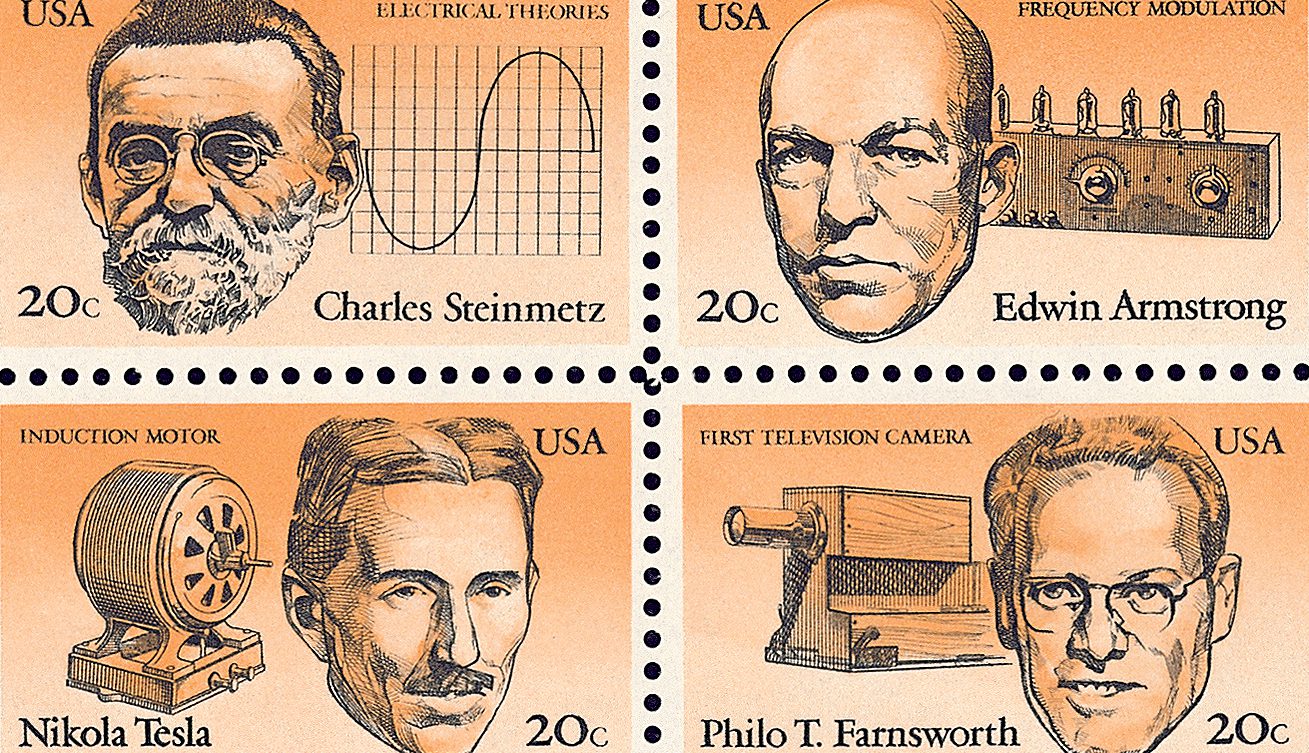
On February 11, 1983, America celebrated its first Inventors’ Day. The date was selected to coincide with Thomas Edison’s birthday, but it’s a day that recognizes the contributions of all American inventors.